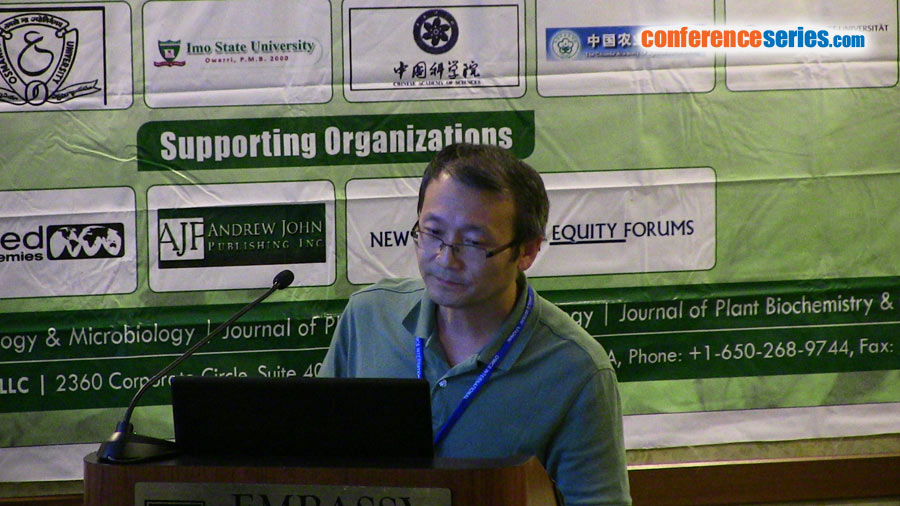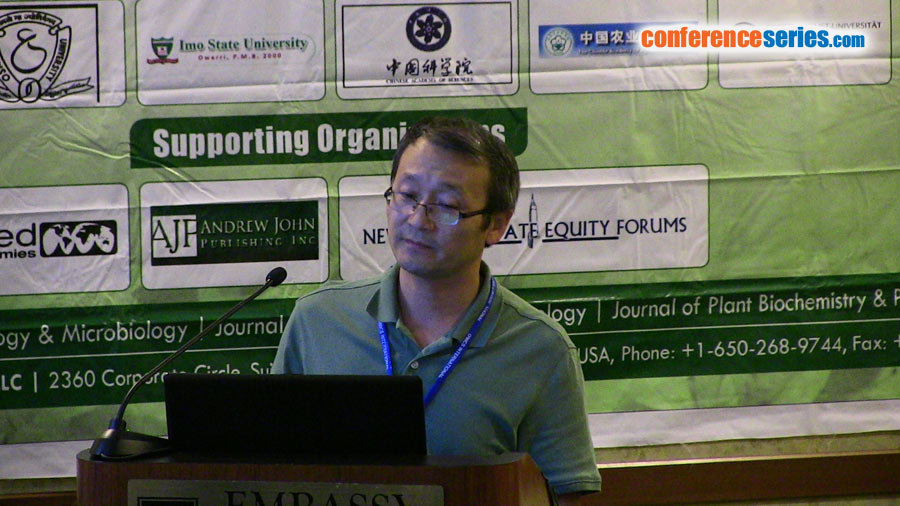
Xueqiang Zhao
Chinese Academy of Sciences, China
Title: Engineering nitrogen use efficiency in wheat with improved seedling root growth and postanthesis nitrogen uptake
Biography
Biography: Xueqiang Zhao
Abstract
Developing wheat varieties with improved nitrogen use effi ciency is very desirable, and may off er a sustainable solution to improve crop yields with less fertilizer application. Roots are the main site for nutrient uptake; their size and distribution in soil profi les, and uptake activity largely determine nutrient uptake effi ciency. However, low temperature at seedling stage inhibits root development of winter wheat and nutrient bioavailability; and root senescence during grain filling is becoming a limiting factor for achieving high yield in modern wheat varieties. By screening genes in response to low nitrogen stress and nitrate treatment, we identifi ed a low nitrogen inducied transcription factor TaNFYA-6B and a nitrate inducible transcription factor TaNAC2-5A. Overexpression of these genes in wheat increased root growth and nitrate infl ux rate of wheat seedlings and improved grain yield under both low and high nitrogen conditions. Glutamine synthetase (GS) plays an essential role in the metabolism of nitrogen. By analyzing the mini-core collection (MCC) of the Chinese wheat germplasm, we identifi ed a favorable allele of GS2, TaGS2-A1b. Expressing proTaGS2-A1b::TaGS2-A1b in wheat signifi cantly increased nitrogen uptake during grain-fi lling period, and grain yield under both low and high nitrogen conditions. Our results suggest that improving the root ability in efficiently acquiring nitrogen at seedling stage and aft er fl owering is crucial in engineering nitrogen use efficiency in wheat.






